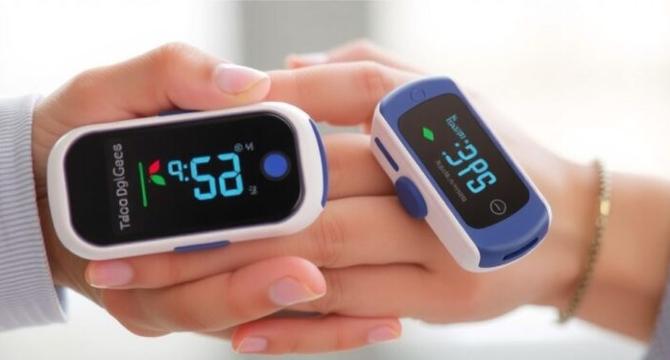Bioengineer
1M
452

Image Credit: Bioengineer
Pulse Oximeters: Rarely Evaluated by Manufacturers Across Diverse Populations
- Researchers at the Johns Hopkins Bloomberg School of Public Health have recently uncovered a significant gap in compliance with the Food and Drug Administration’s (FDA) guidance on testing pulse oximeters across diverse skin tones.
- Only a modest number of manufacturers have adapted their testing protocols to include individuals with a range of skin pigmentations, despite an increase since the FDA issued its guidance in 2013.
- Pulse oximeters yield less accurate results for individuals with darker skin, and undetected low blood oxygen levels could lead to misdiagnosis and delayed treatment for vulnerable populations.
- While FDA’s guidance had some influence, the implementation to include diverse participant pools has been alarmingly slow.
- The responsibility of diversifying participant pools to enhance accuracy and promote greater patient safety falls on manufacturers and regulatory bodies.
- Addressing the complex issue of inherent biases in healthcare technology requires a sustained effort towards systemic change in the healthcare system.
- The ongoing COVID-19 pandemic makes it more pressing than ever to accurately test and validate the effectiveness of health technology devices across all demographic groups.
- Cultural competence is an ongoing challenge in medical technology development, and standardization of testing trials and clearer benchmarks regarding skin tone variation is necessary.
- The FDA’s updated draft guidance is an opportunity for stakeholders to engage in meaningful discourse, ensuring that pulse oximeters serve the entirety of the population effectively.
- Greater emphasis on inclusivity in medical testing and rigorous application of guidelines will be essential in bridging the gaps present in healthcare delivery and achieving equitable health outcomes for all.
Read Full Article
27 Likes
For uninterrupted reading, download the app